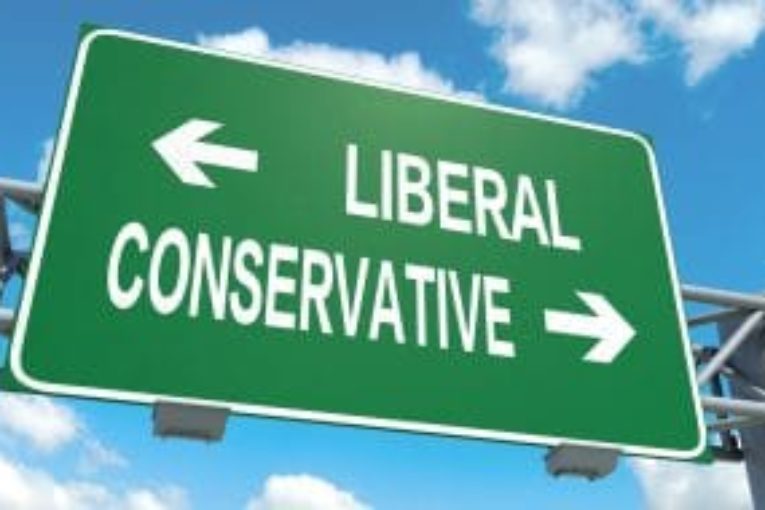
There’s a common myth that wind energy is a darling of the left wing and rejected by the right.
The reality, however, is much different. At a time when people across the political spectrum disagree on all kinds of complex economic and social issues, wind energy has been able to bridge the partisan divide.
There are some great examples of this in the United States, no stranger to the often polarizing effects of politics. The five states that get the highest proportion of their electricity from wind turbines voted Republican in the last presidential election. Texas, a Red state that also happens to be at the centre of the U.S. oil and gas industry, has more installed wind energy capacity than all of Canada and more than any other state in the U.S. Across rural America, wind energy is transcending politics to win converts of all partisan stripes.
The reason is simple. Political leaders see wind energy as a good economic strategy, and voters see the benefits of that approach.
Wind energy also finds support amongst a wide range of political parties in Canada. For example, Alberta’s NDP Government and Saskatchewan’s SaskParty Government don’t have a lot of common ground on issues, but they both agree that the best way to reduce coal-fired generation in their provinces is through a significant increase in wind energy generation partnered with natural gas.
The self-described “good little Republican” mayor of Georgetown, Texas, Dale Ross, has led the push to get all the city’s electricity from renewable sources. Why? The mayor recognized that because wind and solar have no fuel-price risk, Georgetown could lock in electricity prices for 20-25 years and decrease its costs at the same time. Besides reducing electricity expenditures, renewable energy development also creates well-paying jobs, diversifies rural economies, and puts land lease income into the hands of farmers and new tax revenue into municipal coffers. Increasingly, the ability to source wind energy for their operations is informing the siting decisions and power purchases of numerous large employers, like Amazon and Google, as they seek to meet their own sustainability goals while growing their businesses.
Alberta’s opportunity is no different.
Farmers, long at the mercy of Mother Nature and fluctuating agricultural commodity prices, see opportunity to earn a guaranteed annual income by hosting wind turbines on their land. A recent study found those land lease payments could total $13.5 million by 2030, on top of the expected $25.5 million in additional property tax revenue to rural Alberta communities. The study, which looked at the economic impacts of the Renewable Electricity Program, also found that local spending in Alberta related to project development, construction and operations would exceed $3.7 billion. It would create 15,000 job years of employment, taking advantage of Alberta’s highly-skilled workforce and diversifying business prospects for local firms with long experience in the energy sector.
Just as important, although a little harder to put numbers around, is the opportunity for Albertan entrepreneurs to tap into the wind energy sector’s strong culture of innovation. Who better than Albertans to develop new technologies and processes that can be exported to a global renewable energy market expected to be worth more than US$7 trillion between now and 2040?
We’re at the start of an exciting new chapter in the evolution of Alberta’s energy economy. By the end of this year, contracts for the first 400 MW of new renewable generating capacity will be awarded, the result of a fiercely competitive, made-in-Alberta procurement process that is expected to drive wind energy prices down to levels never seen before in Canada.
With so much to gain, now is the time to focus on putting Alberta’s abundant – and underutilized – renewable energy resources to work for Albertans, and not let ideological differences frame the discussion.
Public Affairs Advisor for the Prairie region for the Canadian Wind Energy Association (CanWEA)
You can read more of the news on source



